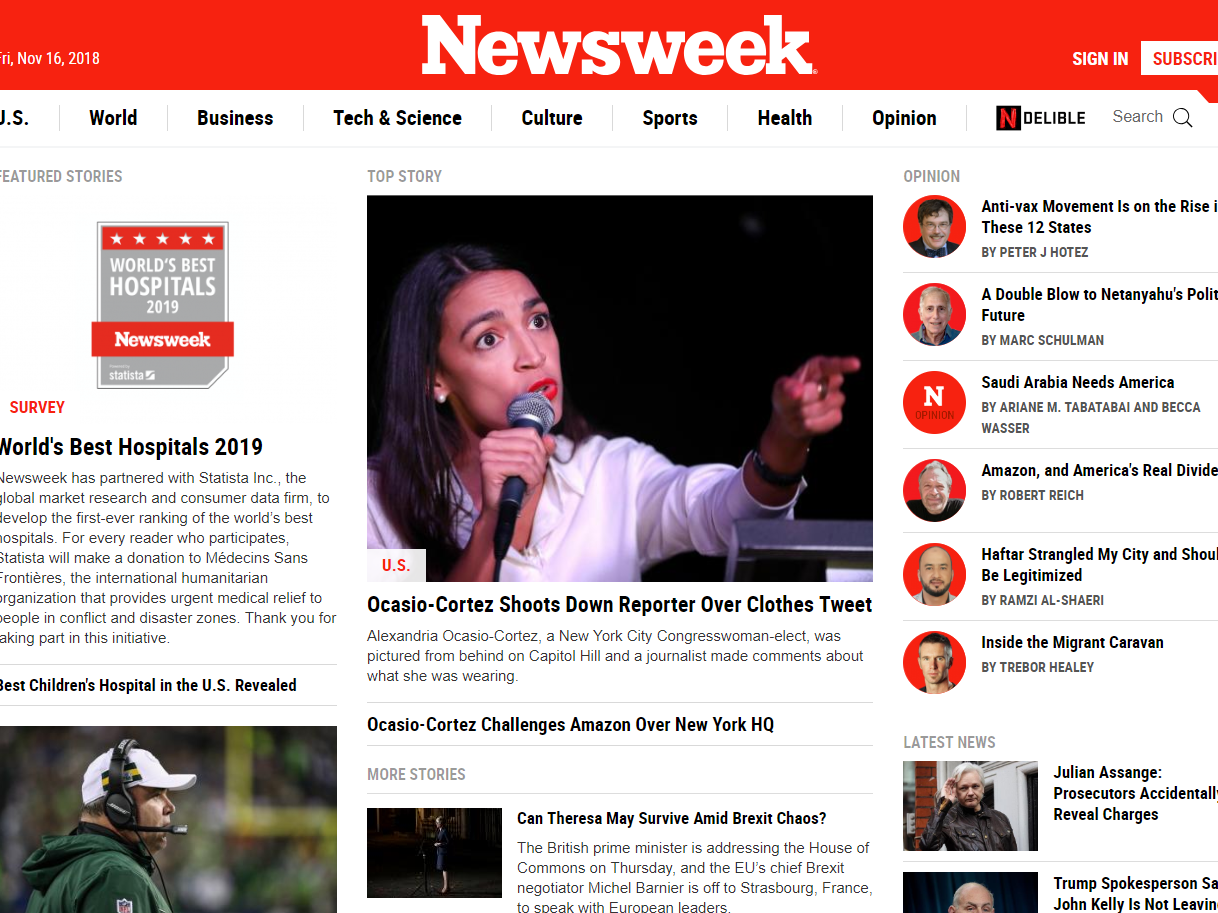
For a PR professional, a well-crafted and appropriately targeted pitch can be a great way to get free coverage for your organisation or client. For harried journalists constantly on the hunt for the next lead, pitches – if done right – can be an efficient way to secure a story.
Yet, while it would seem that the marriage between PRs and journalists should be a natural one, a quick glance at the @smugjourno Twitter account (dedicated to publicly cataloguing the worst PR fails) reveals that – whether their pitches are simply infuriating or downright funny – some PR pros are still missing the mark.
Another day, another PR pitch for an exfoliating foot peel…
— Brad Wieners (@BradWieners) January 8, 2018
Muck Rack’s 2021 State of Journalism report provides some useful insights into the relationship between PRs and journalists and about what works when it comes to pitches.
While there’s room for improvement, the overall news is good. The majority of journalists (59%) see their relationship with PR agencies as mutually beneficial, if not quite a partnership. Most respondents (56%) also say that despite the challenges of 2020 they are just as likely to respond to pitches, with 22% reporting they are now even more likely to take up a PR pro’s offer of a story.
Despite the sometimes bad rap that PR professionals receive among journalists, pitches are an important source of stories. According to the data, half of journalists write more than five stories a week with 61% of journalists saying that a quarter of their stories came from pitches – meaning a good pitch has a lot of potential.
The data – based on a survey of almost 2,500 journalists, editors and bloggers between January and February this year – found that most journalists received between one and five pitches on an average business day, with over a fifth (21%) receiving up to ten.
But what makes the difference between a pitch that’s going to make a journalist read on and one that’s sent straight to the trash folder?
 Read New Statesman Media Group’s free white paper: How to define, discover and develop actionable leads in B2B marketing
Read New Statesman Media Group’s free white paper: How to define, discover and develop actionable leads in B2B marketing
What to pitch
Over a fifth of respondents (21%) said that lack of personalisation is the number one reason to immediately reject an otherwise relevant pitch.
Despite how easy the internet makes it to pinpoint the kind of stories that would pique a particular journalist’s interest, many reporters continue to receive mass, unpersonalised emails with little chance of success.
But pitching exclusives while helpful won’t seal the deal. While forty-six percent of respondents said being pitched an exclusive would make them much more likely to follow up, 32% said it would only make them somewhat more likely to cover a story.
When to pitch
While most effective PR professionals know that blanket-bombing journalists’ inboxes is unlikely to lead to the results they want, other keys to success are more subtle.
Knowing when to pitch is just as important as knowing what to pitch to who. Twenty-five percent of people reported that poor timing was the key reason that otherwise promising pitches ended up in the trash folder.
So when is the best time to pitch?
For the majority of respondents (57%), Monday is the best day to receive a pitch. Timing your email so it arrives on the day most journalists are planning or tweaking their story list for the week will help to ensure it gets most noticed. Almost three times as many respondents favoured Mondays over the next most-popular day, Tuesday.
But it’s not just the day that counts. The hour matters too. Almost 70% of respondents to the survey said that they liked to be pitched before noon. Although the survey reports times in EST, since 68% of respondents are US-based, this still suggests that morning pitches work best.
How to pitch to journalists
The survey results suggest that digital pitches are definitely preferred, although email wins over social networks: almost all respondents (94%) said they liked to receive pitches through personalised messages to their email inbox. Other methods were only preferred by a small minority of respondents.
Of the less-favoured pitching channels, picking up the phone is one way to fall out of most journalists favour. Over two thirds (66%) of respondents said they did not like receiving calls with story ideas.
When it comes to pitch length, shorter is definitely sweeter. According to the research, 91% of journalists prefer pitches under 300 words – with the biggest group (46%) favouring pitches between 100 and 200 words.
As the @smugjourno feed confirms, frequency of follow up is definitely a sore spot for many journalists and the survey findings are broadly in line with this. Over half (52%) of respondents said that only follow up email is acceptable, whereas 10% do not want to hear back at all.
Dear PR professional:
“Bumping this to the top of your inbox for consideration” is not my favorite opening line to read in an email. One pitch is enough, please.
Signed,
Too Much Email— Helen Branswell (@HelenBranswell) October 7, 2019
If PRs do follow up, the timing of that follow up is however, less important. Thirty-six percent of journalists do not mind a follow up message as soon as one or two days after the initial communication, while 50% are okay with hearing back within a week.
Sign up here for Press Gazette’s Marketing Matters fortnightly email newsletter
Email pged@pressgazette.co.uk to point out mistakes, provide story tips or send in a letter for publication on our "Letters Page" blog







